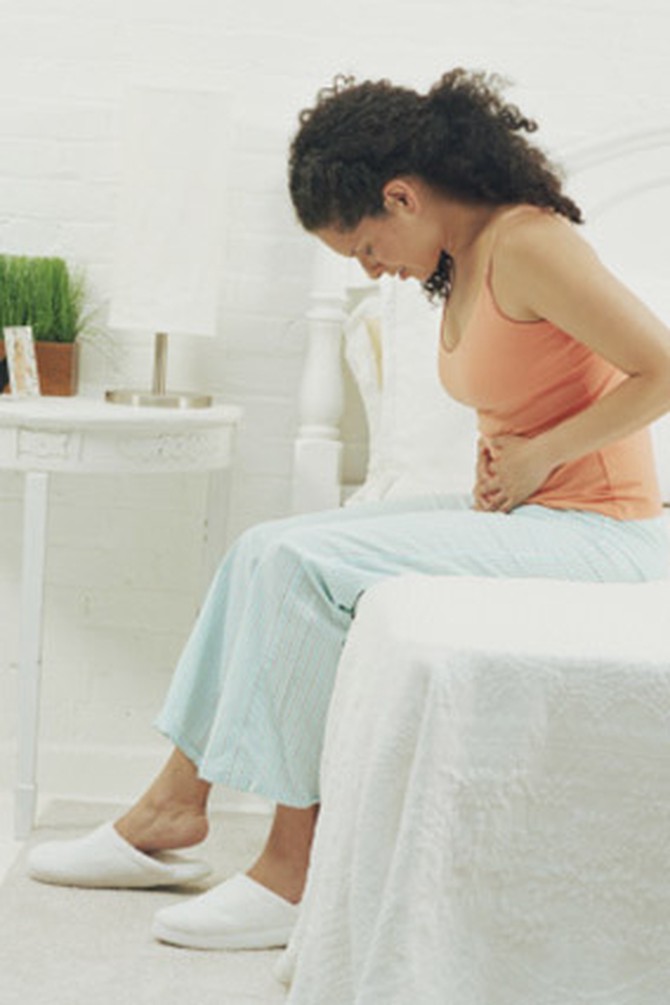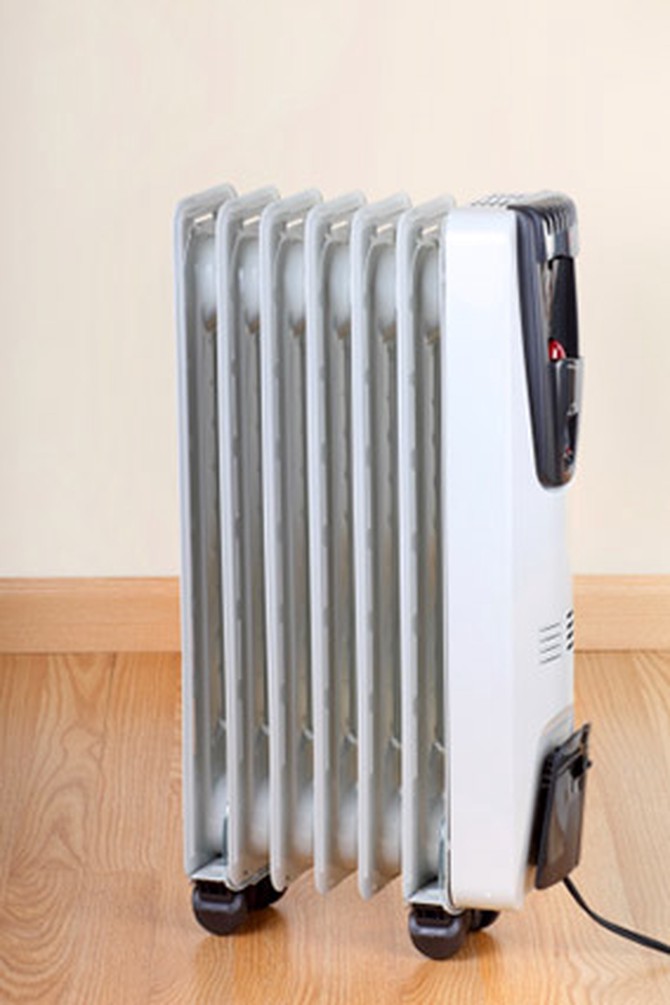Dr. Oz: 5 Health Risks to Guard Against This Winter
The weather isn't the only thing that can be frightful this time of year.
By Dr. Mehmet Oz

Photo: Greg Kessler
Every January I'm surprised by how many people make long-range resolutions but overlook what they could do to protect their health right now. I'm not just talking about warding off the flu—with the bitter cold comes a blizzard of ailments that can affect everything from your skin to your heart. The good news: These conditions are all preventable if you take simple precautions to safeguard your body. As you write your health goals for the year, put my solutions for these common winter hazards at the top of your list.

Photo: Thinkstock
Heart Attacks
Bundling up before you head outside may do more than just protect you from shivering. According to the National Registry of Myocardial Infarction, 53 percent more heart attacks occur in winter than in summer (peaking in January), and the reason may be linked to simply breathing in very cold air. A recent study from Penn State suggests that people who engage in strenuous activities (like shoveling snow) in below-freezing temps may experience impaired blood flow in their coronary arteries—where heart-attack-causing blockages can occur. Researchers believe the blood vessels constrict in response to cold air, decreasing the volume of oxygen-rich blood that's pumped to your heart. In healthy people, the body will quickly compensate, but for those with heart disease, the added constriction could prove dangerous and trigger chest pain or, worse, a heart attack. Whether you have heart disease or not, before you head outside you should wrap a scarf around your nose and mouth to warm the air you're breathing, and leave any outdoor activities that raise your heart rate for warmer winter days.

Photo: Thinkstock
Joint Stiffness
Ever hear someone with arthritis say they can predict the weather? When it comes to the cold, they may be right. Many of the 46 million Americans who suffer from arthritis or other joint-related conditions say frigid temperatures make their symptoms significantly worse. While the science has been mixed on why this happens, one study found that joint pain increases with every ten-degree drop in temperature. Researchers think one reason could be that the cold air causes the fluid surrounding the joints to thicken, which can reduce mobility. While the resulting stiffness isn't necessarily dangerous, it can be painful and uncomfortable. To ease your symptoms, keep moving: Regular exercise is the best way to loosen stiff joints.

Photo: Thinkstock
Heartburn
Packing on a few pounds isn't the only consequence of indulging in holiday treats. Eating a meal loaded with fatty foods will slow digestion—which means that food remains in the stomach longer, causing gastric pressure to rise; this can lead to painful heartburn as stomach acid splashes back up into the esophagus. Alcohol and peppermint may also be to blame because science has shown that they can relax the muscle barrier between the stomach and esophagus, causing acid reflux. Occasional heartburn is nothing to worry about, but frequent bouts can damage the esophagus and even wear away its lining. Not everyone gets heartburn from the same foods, so track which ones kick up acid reflux for you. And avoid waist-cinching outfits or belts that can squeeze your stomach and force food to travel upward.

Photo: Thinkstock
Dry Skin
I don't have to tell you that the combination of low temperatures, decreased humidity, and blasting heaters can leave your skin flaky and itchy. But here's what you may not know: Because the outermost layer of your skin helps keep bacteria from entering your body, the cracks created by water loss can make you more vulnerable to infection. Using a humidifier and lotion will help, but you can also moisturize from within. Research suggests that ceramides (lipid molecules that help prevent skin from becoming dry) found in whole grains may help build up the barrier that keeps moisture in. And add more biotin-rich foods (like Swiss chard, eggs, and nuts) to your diet—they're members of the B vitamin family and promote the production of moisture-retaining fatty acids.

Photo: Thinkstock
Carbon Monoxide Poisoning
Every year nearly 450 Americans die and more than 2,000 are hospitalized after inhaling the colorless, odorless toxic gas that's impossible to detect on your own. Many indoor heating sources (space heaters, furnaces, fireplaces) generate carbon monoxide (CO), and levels of this gas can build up quickly if your heaters aren't properly ventilated. Since symptoms of CO poisoning—persistent headache, dizziness, fatigue, and nausea—are often mistaken for the flu, early detection is critical. Make sure every heating source is vented, and install a carbon monoxide detector on each floor of your home. Taking these steps to protect yourself now—and in the future—will put you on track to having your healthiest year yet.
Next: How doctors stay healthy through winter
Next: How doctors stay healthy through winter
From the December 2012 issue of O, The Oprah Magazine
As a reminder, always consult your doctor for medical advice and treatment before starting any program.

